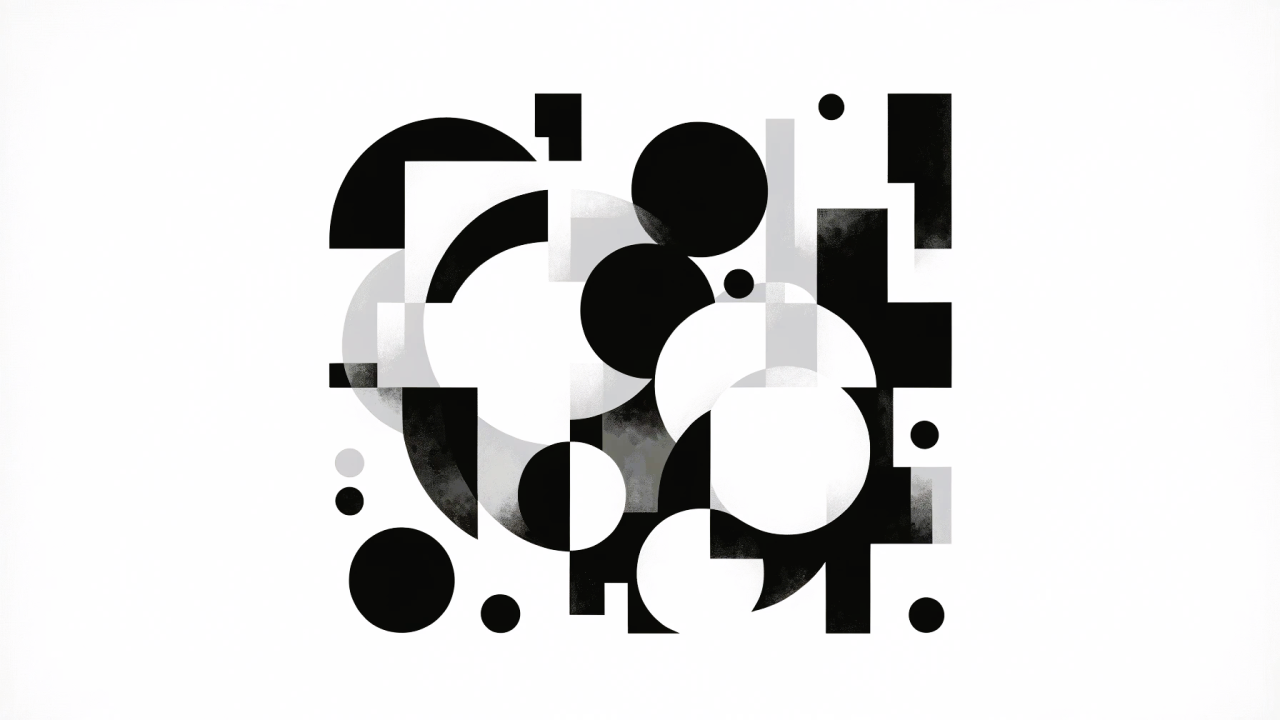
Image: made using DALL·E (Custom edited by me)
RSN004
Published 07.04.2025.09.00.MON
Endings, Upgrades, and Surprising Shifts in Tech
Hey everyone, Ritik here! This week in RSN, we’re taking a closer look at how some long-standing tech giants are ending entire services, while others are introducing updated hardware and pushing the boundaries of design and innovation. We’ll explore Microsoft’s big move with Skype, the competition heating up around Nintendo’s next Switch, Apple’s relentless product refreshes, and how tariffs affect tech worldwide. In the midst of these sweeping shifts—where handhelds grow smarter, services rise and fall, and innovation reshapes entire industries—there’s one principle that endures: technology should feel effortless, almost invisible, yet deeply personal. Let’s dive into RSN004!
1. The Skype Shutdown
"Skype was once the go-to for calls worldwide—what happened?"
What’s Happening: Microsoft has confirmed that Skype will be discontinued in May, 14 years after acquiring the service for $8.5 billion. Once a pioneering VoIP platform that reigned in the mid-2000s, Skype’s user base dwindled, overtaken by video-calling competitors (Zoom, WhatsApp, FaceTime) and overshadowed by Microsoft’s own Teams. Users can still log in to Teams’ free tier with their Skype credentials going forward. Why It Matters to You: If you’ve been hanging onto Skype for nostalgic or professional reasons, it’s time to move on. You can transfer your login to Teams, but the transition still means another major shift in the tools you’re used to—especially for remote work or connecting with friends and family. Why It Matters to the World: Skype’s downfall underscores how quickly consumer preferences can shift in tech, even for once-dominant services. As new platforms emerge—often integrated with broader productivity suites—standalone apps can lose relevance. Microsoft’s pivot to Teams reflects a common strategy: merging communication and collaboration under one ecosystem.
2. The Switch 2 Is Almost Here — But PC Handhelds Are Giving It Big Competition
"A once-lonely market now has powerful new rivals."
What’s Happening: Nintendo’s Switch 2 is slated for a 2025 release, but the gaming landscape has changed dramatically since the original Switch debuted in 2017. Handheld PC gaming is on the rise, propelled by devices like Valve corporation’s Steam Deck—and now, multiple hardware makers are rolling out their own SteamOS-based handhelds. At CES 2025, Acer’s massive Nitro Blaze 11, Lenovo’s $499 Legion Go S, and Microsoft’s promise of a better handheld Windows experience all indicate a thriving new ecosystem. Meanwhile, Nintendo is expected to come in strong with bigger screens, upgraded Joy-Cons, and a powerful new library that’s fully backward compatible with original Switch titles. Why It Matters to You: If you’re a handheld gaming enthusiast, you’ll soon have a wealth of options, from next-gen Nintendo to a wide range of PC-based portables. Nintendo’s unmatched first-party titles (think Mario, Zelda, and Pokémon) remain a huge draw, but the rise of more open and versatile PC handhelds could make you think twice before upgrading. Why It Matters to the World: The competition for your hands and your time is heating up. A more crowded field could mean lower prices, better designs, and more innovation across the board. Ultimately, every major player—Nintendo, Valve corporation, Acer, Lenovo—is pushing for a slice of the portable gaming future, and that future looks more diverse and competitive than ever.
3. The M4 Air, New Mac Studios, and M3 iPad Air
"Mild refresh or major leap? Apple’s subtle, steady expansions."
What’s Happening: Beyond the M4 MacBook Air, Apple also introduced new Mac Studios—one housing the M4 Max, another sporting the all-out M3 Ultra—and an M3-powered iPad Air. While the Studio exteriors remain largely unchanged, the internal enhancements are massive for professionals dealing with advanced creative tasks or local AI workloads. The iPad Air now gets an M3 option (not M4), meaning more power for those who want a step up from the base model. Why It Matters to You: If you’re a creative professional or just someone who craves top-tier performance, the Mac Studio lineup offers a serious punch. Meanwhile, the iPad Air’s M3 chip might be just enough of a spec bump to handle more demanding apps, though Apple’s price points and “minor” refresh approach may still leave some waiting for a more dramatic overhaul. Why It Matters to the World: Apple’s approach—iterative upgrades over massive overhauls—suggests a deliberate pace. Rather than gambling on dramatic, untested designs, Apple refines existing hardware. It’s a strategy that may maintain Apple’s reputation for reliability but can also stoke calls for bolder innovation.
4. The Best iPad to Buy
"No bad iPads—just different use cases."
What’s Happening: With Apple’s recent iPad refreshes (including new base models and the M3 Air), choosing the right tablet is trickier than ever. The new entry-level iPad at $349 lacks Apple Intelligence but is still a strong performer for casual users. The iPad Pro is expensive but near-unbeatable in power, while the iPad Mini remains a niche favorite for those wanting a smaller form factor. Why It Matters to You: Deciding which iPad to invest in boils down to how you’ll use it. Casual streaming and web-browsing? Go cheaper. Need a laptop replacement for power-hungry tasks? Spring for a Pro or the new M3 Air. Either way, the iPad ecosystem is robust, and even older models hold up well for everyday tasks. Why It Matters to the World: The diversity of Apple’s tablet lineup underscores a broader shift toward personalized computing, where each user’s unique needs can be met by specialized hardware. This can drive more nuanced innovation, but it also raises questions about how many models Apple (or any tech giant) can juggle before it becomes confusing or redundant.
5. US Tariffs: How Trump’s Tax Is Hitting Big Tech
"10 percent here, 25 percent there—who really pays?"
What’s Happening: President Trump’s renewed tariffs target goods from Mexico, Canada, and China, ranging from 10 to 25 percent. While partly positioned as a crackdown on fentanyl, these tariffs notably affect consumer electronics, produce, clothing, and more. Big retailers like Target and Best Buy warn that prices could rise “within days,” and laptop makers like Acer confirm they’ll hike costs by at least 10 percent. Why It Matters to You: From laptops to avocados, tariffs often show up in the form of higher retail prices. Tech-savvy consumers hoping to upgrade a device or store owners relying on consistent supply chains could feel the pinch as soon as new product batches hit the shelves. Why It Matters to the World: Tariffs are a blunt instrument in global politics, and their ripple effects extend across multiple industries—including Big Tech. When costs go up, companies often pass them along to customers. Meanwhile, potential supply chain reshuffling can create or dissolve jobs worldwide, turning trade disputes into both political and economic battlegrounds.
My Creative Conclusion
From Microsoft’s sunsetting of Skype to Nintendo’s grand Switch 2 ambitions, we’re in a season of transformation. The Mac and iPad updates show Apple’s steady (if not showy) march forward, and ongoing tariff policies remind us that behind every shiny new gadget lie complex global forces. Whether you’re a casual gamer considering a new handheld or a professional eyeing Apple’s latest hardware, it’s clearer than ever: competition is fierce, and innovation is everywhere. As ever, RSN is here to spotlight how these transitions shape both your day-to-day life and the bigger picture of how we connect, create, and innovate.
— Ritik Sharma, Founder, RSN (Ritik Sharma Newsletter)
